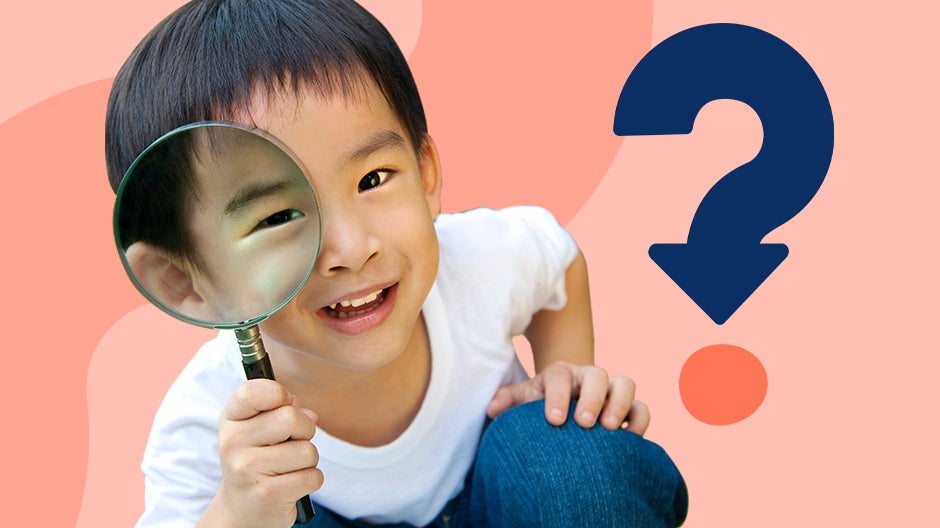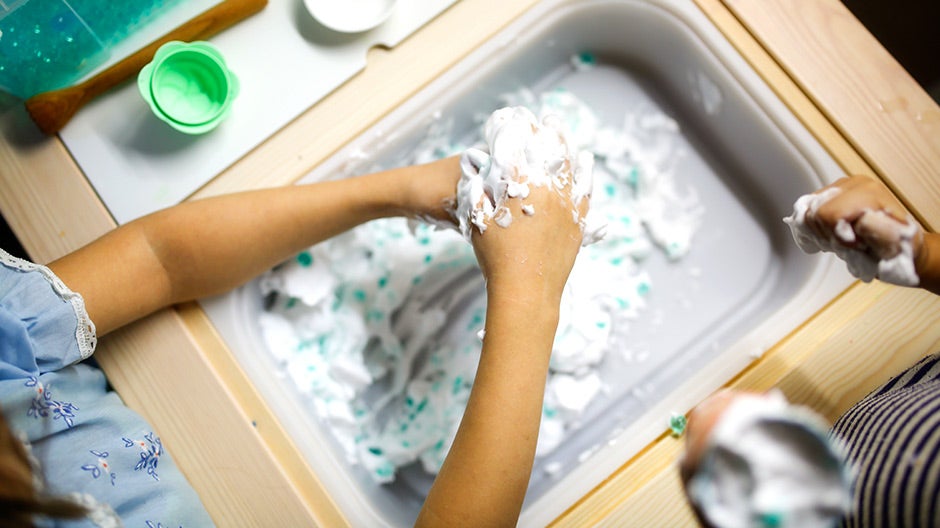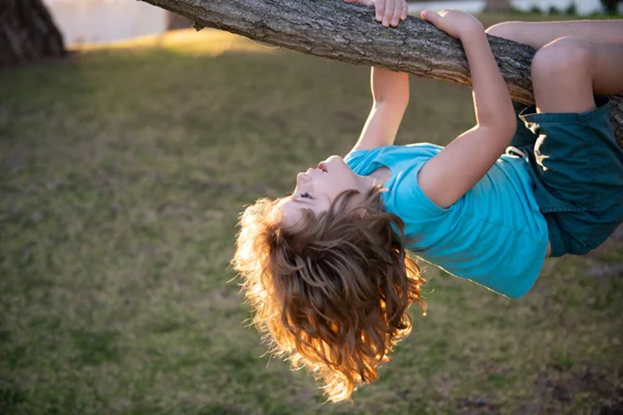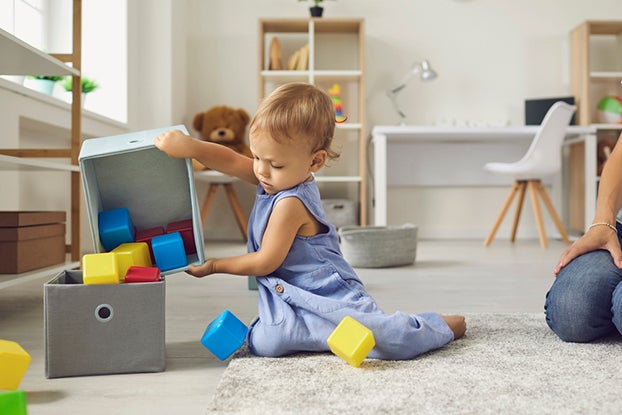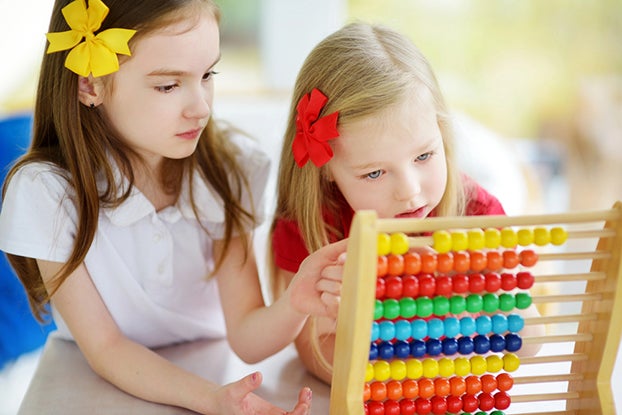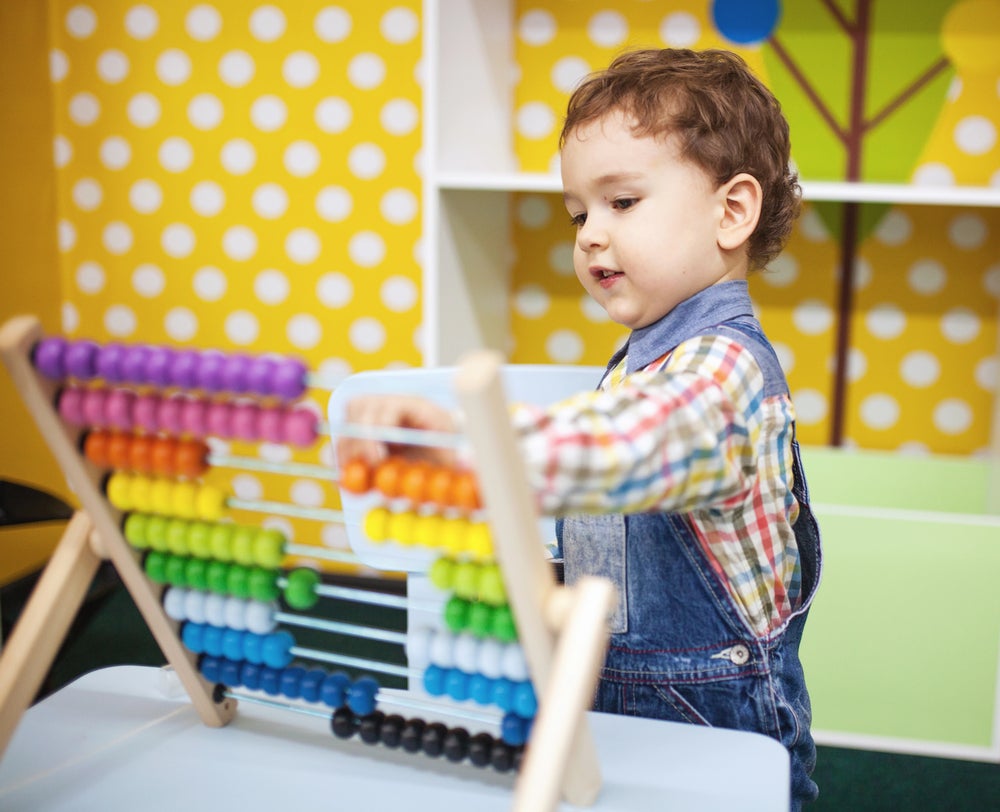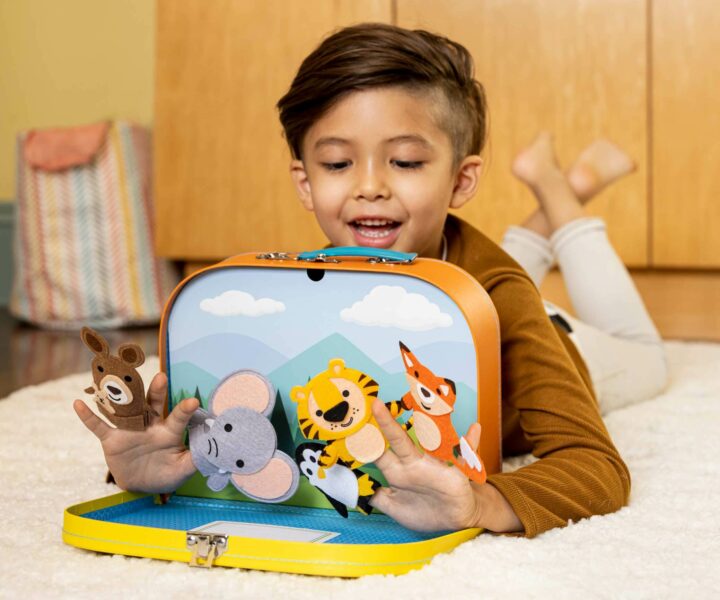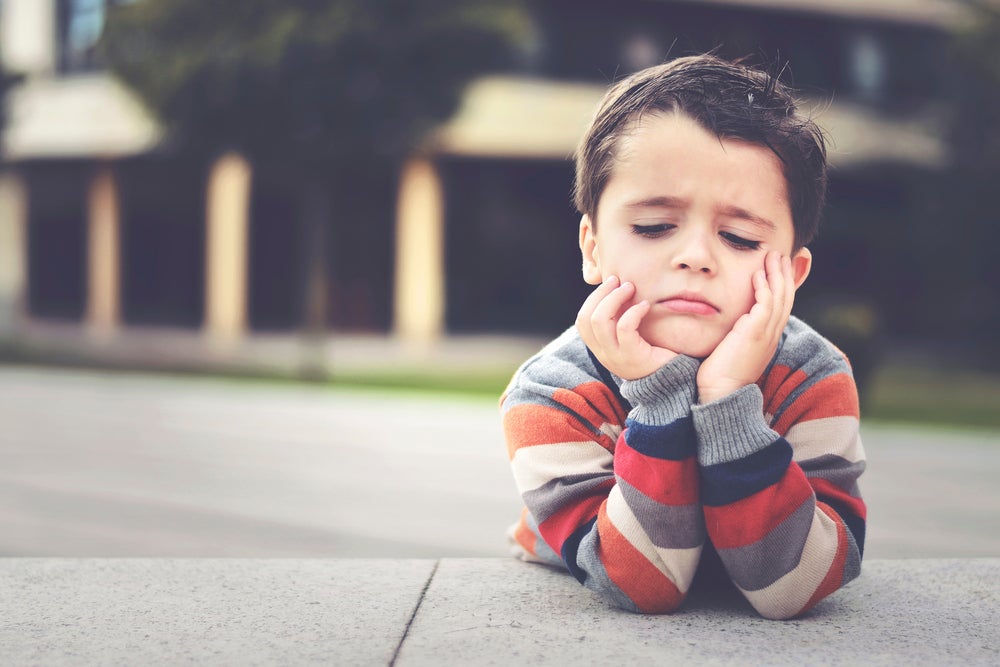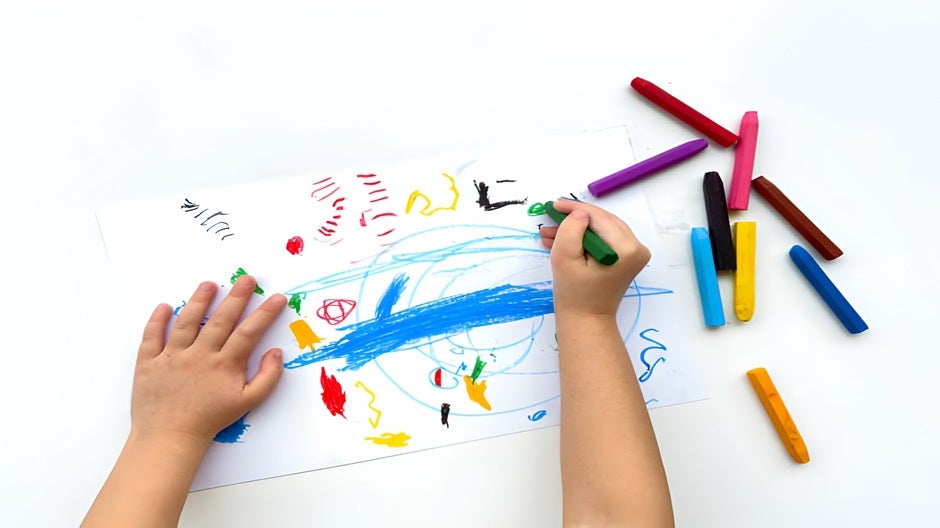Does your child ask you questions all day long, until you’re exhausted? Do they have a knack for asking the hardest questions when you’re the least prepared to answer them?
If you answered yes to any of these questions, congratulations! It sounds like you have a curious child. That’s great, because curiosity helps kids learn—and makes them happier as adults, too.
The Short Cut
- Curiosity is the strong and natural desire to make what’s unknown known
- Kids are naturally curious (so many questions!), but their curiosity sometimes fades as they grow
- Curiosity literally makes kids’ brains light up! When they’re curious they want to understand new things, which helps them learn and recall new information
- Parents can support curiosity by encouraging kids’ questions and interests, going “down the rabbit hole” with them about topics, and modeling how to search for answers to interesting questions
- Developing the 5 C’s doesn’t need to be complicated. You can make a big difference in only 15 minutes a day!
Where Curiosity Comes from
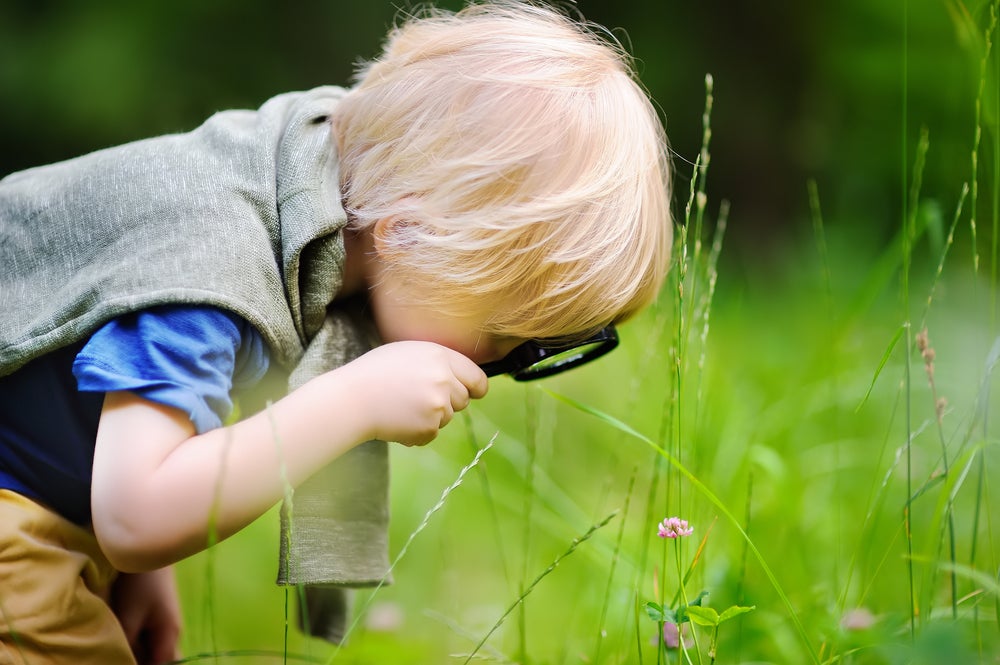
Curiosity is the strong and natural desire to make what’s unknown known. It’s the intrinsic motivation behind our urge to find out how something works, and why it works the way it does. Curiosity tends to be present in abundance when we’re young, but, sadly, for many people it declines as we get older.
Some studies have shown that when they’re 3 or 4 years old, children ask an average of one question per minute, which over the course of a day (and a year!) is a LOT of questions. Asking questions is a tool that we as humans use to help satisfy our curiosity and make sense of the world around us. It’s not the only tool, but it’s often a very effective one (even if it can drive us as parents a little crazy at times).
When they were younger, by the time I put my two children down to bed in the evening, I often felt like I’d been run over by a truck due to my sheer exhaustion at answering their nonstop questions and re-reading their favorite books about their passion topics over and over. I have two very curious children (and you probably do too)!
The Benefits of Curiosity
One of the big benefits of curiosity is that it helps children learn efficiently. Curiosity is like a “novel detector,” sounding the alarm when something is new (much like a smoke detector lets us know when there’s smoke nearby). When something is new, curiosity drives kids to figure out how to make sense of that newness (and not focus as much on things that they already understand).
Curiosity also seems to help kids and adults alike learn and remember information about the topics we’re curious about. In one study of information recall, participants showed improved memory for things they were curious about compared to topics they weren’t curious about. This improvement showed up immediately, and it was still there when they were tested again a day later. In fact, certain parts of our brain associated with learning appear to “light up” in scans when we’re learning about things we’re curious about.
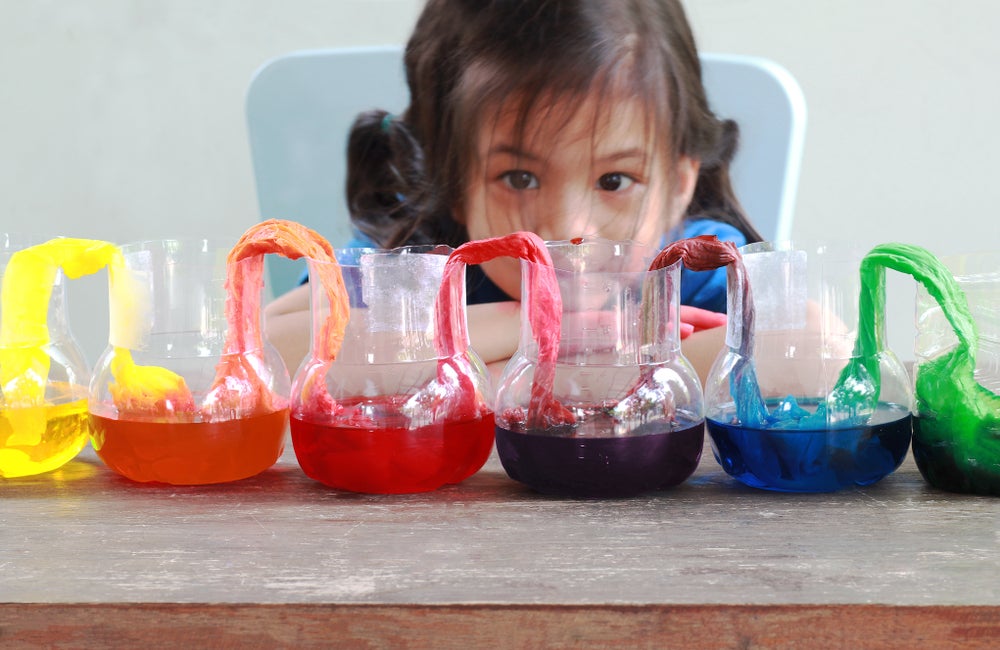
Curiosity is also important because it appears to be highly correlated with happiness in adulthood. People who rate high on curiosity scales tend to also report more life satisfaction and higher scores for well-being compared to those who score low on measures of curiosity. People who enjoy learning and see themselves as lifelong learners (that is, they remain curious always!) even tend to be happier compared to people who feel they’re “done” learning or dread the idea of learning new things.
Given how important curiosity is for learning new things efficiently, recalling new information, and generally being happier throughout our lives, it’s reassuring to know there’s a lot we as caregivers can do to support curiosity in our kids.
Simple Ways to Support Curiosity
1. Model Curiosity Yourself. Model curiosity by asking questions and demonstrating a range of ways to find answers. Whenever you have a question or interest in something, voice it so that your child sees an example of an adult not knowing everything, wanting to know more, and working towards satisfying that curiosity.
Children whose parents model curiosity tend to be more curious themselves, and have a richer vocabulary related to asking questions and answering questions. Children of curious parents also tend to have more background knowledge on subjects they have explored, such as dinosaurs, space, and animals.
2. Give Meaningful Answers. Rather than say “because” and shut down a line of questioning, really put in the effort to give your child answers that are meaningful and show that you care about their curiosity. Even if you don’t know (and it’s ok to admit that you don’t know!), you can talk about how you can find out together, such as going to the library to find a book on the subject.
Giving meaningful answers encourages children to ask more questions in the future. That can mean a longer, more tiring day for you (I know—I’ve been there!), and it’s not always possible to answer every question every time (ask my kids how it goes if they ask random questions when we have to leave the house in ten minutes and they’re not ready yet). But it matters in the long run. Providing answers that shut kids down (or none at all) discourages them from asking more questions in the future, which stifles curiosity.
3. Extend Your Child’s Questions. After your child has asked a question and you’ve done your best to answer it, you can then ask THEM a question in return. Try asking a follow-up question on the same subject, or encourage them to do so, and see where the long, winding road of questions leads!
It’s OK to go down some rabbit holes. Maybe there’s a simple at-home scientific experiment you can do together to explore the topic, or a craft project that relates to the line of questioning. Extending your child’s questions deepens their background knowledge, reinforces their curiosity, and models a collaborative learning approach that will help them in school and life.
4. Use What Motivates Them. You can encourage your child’s curiosity (and use it to develop other essential skills) by encouraging them to more deeply explore the topics they’re naturally interested in.
If your child is interested in trains, see if you can use that interest to drive a range of experiences and learning opportunities. You could track down a train puzzle (great for spatial skills), visit a train museum (great for learning background knowledge and history), get an armload of train books from the library (great for literacy skills), or use cardboard boxes to build a pretend train at home (great for self-expression, creativity, and design).
Curiosity across Developmental Stages
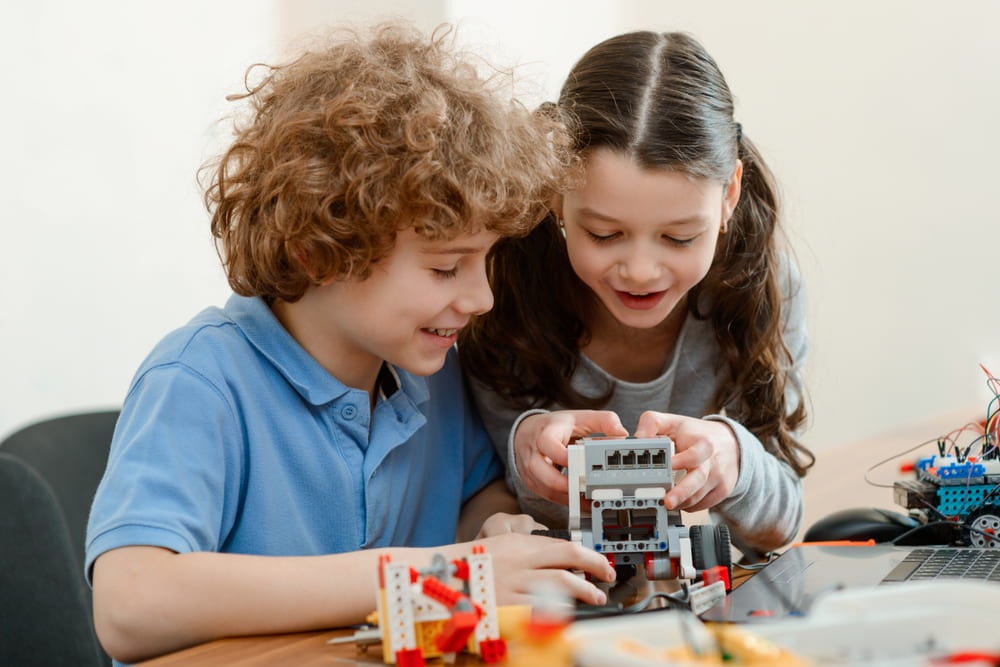
Depending on your child’s age and unique developmental trajectory, curiosity might look a little different for them than for someone else. But below are some checklists you can use to consider what aspects of curiosity you might be observing in your child.
Remember, every child develops differently, so you may see curiosity in your child that isn’t on these lists, or that is on the list under a different age from your child’s.
That’s almost certainly OK, given that curiosity isn’t a linear “skill” that children need to acquire by a specific age. Rather, curiosity includes a range of skills and behaviors that are likely present in abundance, and our role as caregivers is to foster and support them so they don’t get lost.
2-Year-Old Checklist
Asks “why” and “how” questions, demonstrating a strong appetite to understand the world
- A curious mind seeks to understand the world. So many things are still novel for your child, and questions are a tool for helping them make sense of all they don’t know
Observes and imitates adult actions such as sweeping the floor
- Observation and imitation help your child feed their curiosity about the world, the roles that people play, and how various objects function
Shows some awareness of whom (and what) to ask which questions (asking Dad about cooking because he cooks a lot; asking Grandma why the sky is blue rather than the dog)
- This shows your child understanding that different people might provide different types of information or have different background knowledge, which is a critical foundation for satisfying their quest for knowledge
Experiments through play, such as seeing what happens when she builds a tower and then knocks it over
- Play is a safe way to explore the world and see how things work. Curious children (which is most young children!) will test boundaries and experiment during play to learn about consequences and patterns.
3-Year-Old Checklist
Asks “who,” “what,” “where,” “why,” and “how” questions (approximately a question every minute when in inquiry mode!)
- A curious mind seeks to understand the world. Asking more complex questions helps kids make sense of all they don’t know.
Experiments through play, such as seeing what happens when she builds a tower and then knocks it over
- Play is a safe way to explore the world and see how things work. Curious children (which is most young children!) will test boundaries and experiment during play to learn about consequences and patterns.
Organizes objects in various ways, such as by size or color
- Sorting, classifying, and organizing materials is a great way to explore curiosity about rules and properties.
Enjoys picking out new books to read or toys to play with, even with strong preferences for specific favorites
- While it’s very common for children in this age range to have favorite books, characters, toys, etc., an openness to novel things is a sign of curiosity and willingness to explore the unknown.
4-Year-Old Checklist
Asks “who,” “what,” “where,” “why,” and “how” questions (approximately a question every minute when in inquiry mode!)
- A curious mind seeks to understand the world. Asking more complex questions helps kids make sense of all they don’t know.
Enjoys creating and building things and/or taking things apart to see how they work
- Play is a safe way to explore the world and see how things work. Curious children will test boundaries and experiment during play (including taking things apart!) to learn about consequences and patterns.
Organizes objects in various ways, such as by size or color
- Sorting, classifying, and organizing materials is a great way to explore curiosity about rules and properties.
Enjoys picking out new books to read or toys to play with, even with strong preferences for specific favorites
- While it’s very common for children in this age range to have favorite books, characters, toys, etc., an openness to novel things is a sign of curiosity and willingness to explore the unknown.
Expresses an interest in specific topics, such as dinosaurs and trains, and may develop “deep conceptual interests” (extremely pervasive and long-lasting interest in specific topics)
- Children are deeply motivated to learn about subjects/topics in which they are interested. Parents can harness these interests to spark curiosity and model lifelong learning behaviors such as asking questions, experimenting, going to the library to read up on the topic, etc.
Pretends to be different people or things (firefighter, teacher, superhero, princess)
- Role-play is a great way for curious children to explore what it means to be different things in the world (real or imagined).
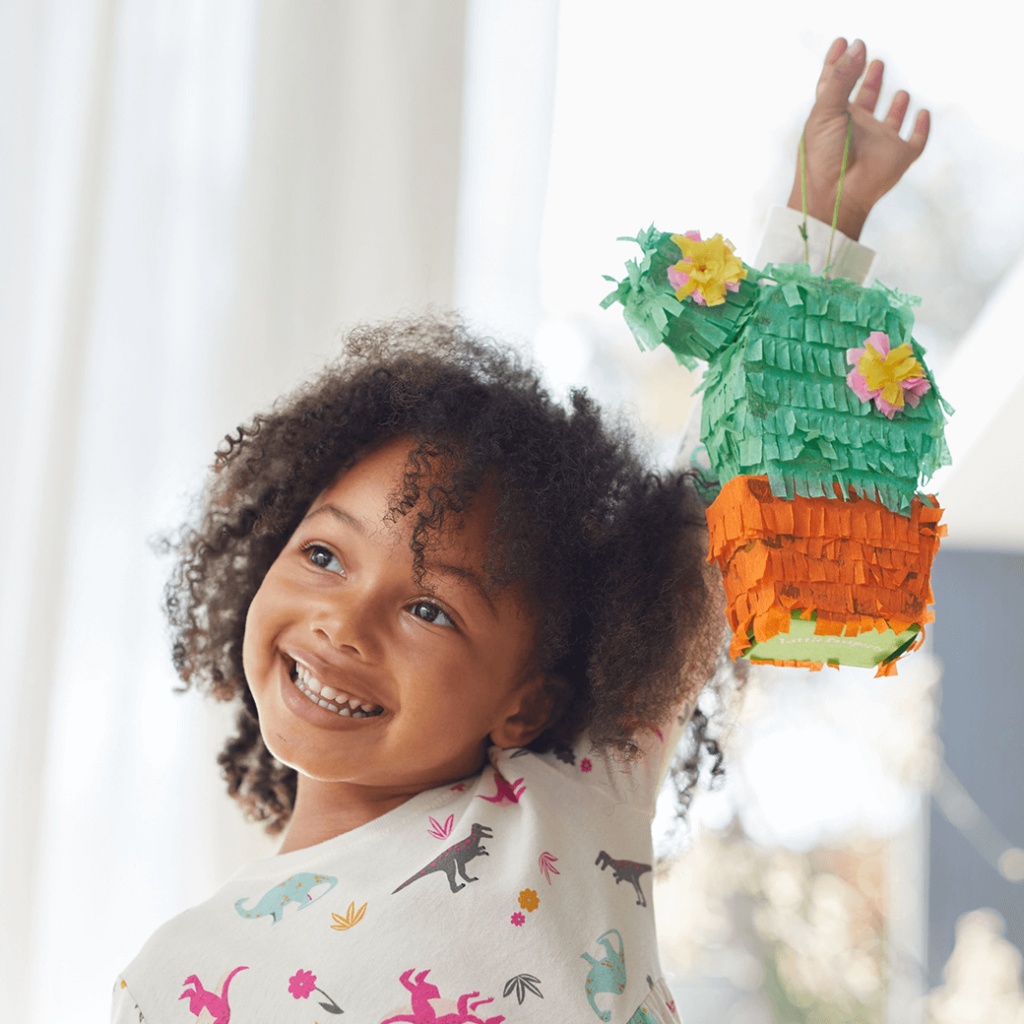
5-Year-Old Checklist
Enjoys creating and building things, such as “inventions,” artwork, stories, and structures (like forts)
- Creating and building feed a child’s curiosity to explore how things are constructed.
Takes things apart to see how they work, or manipulates something to “see what happens” (like cutting a doll’s hair to see how it looks and whether it grows back)
- This can be frustrating for parents! But deconstructing or altering something is a natural way for children to experiment and get answers to questions.
Still asks a range of “who,” “what,” “where,” “why,” and “how” questions, although less frequently (or with less intensity) than slightly younger children
- A curious mind seeks to understand the world. By age 5, fewer things (going to the grocery store, watching the neighbor’s dog walk by, seeing the mail delivery person drop off mail) are novel, so questions may dip in frequency and may become more focused on specific topics of interest.
Organizes objects in various ways, such as by size or color
- Sorting, classifying, and organizing materials is a great way to explore curiosity about rules and properties.
Displays interests that extend into new areas or beyond former deep conceptual interests
- This shows your child’s curiosity extending to new topics that reflect their growing maturity, exposure to new topics and ideas, and a desire to seek novel things rather than only being interested in the familiar.
Pretends to be different people or things (firefighter, teacher, superhero, princess)
- Role-play is a great way for curious children to explore what it means to be different things in the world (real or imagined).
6-Year-Old and Up Checklist
By age 6, many children will be subject matter experts on a topic they care deeply about, such as dinosaurs or space. They may know the statistics of their favorite professional athlete, or tell you all about a specific cooking technique.
But if that’s not your child, that’s OK! Your child may prefer to dabble in lots of different topic areas and change their interests frequently. The important thing is that they ask questions, seek to understand, and see themselves as empowered learners, ideally for the rest of their lives.
Whether your child’s interests are few and deep or many and varied, you can use their passions, favorite characters, and preferred play patterns to not only fuel a deeper interest in those areas, but also as a method to get them exploring new topics and skills.
Supporting Curiosity with Begin
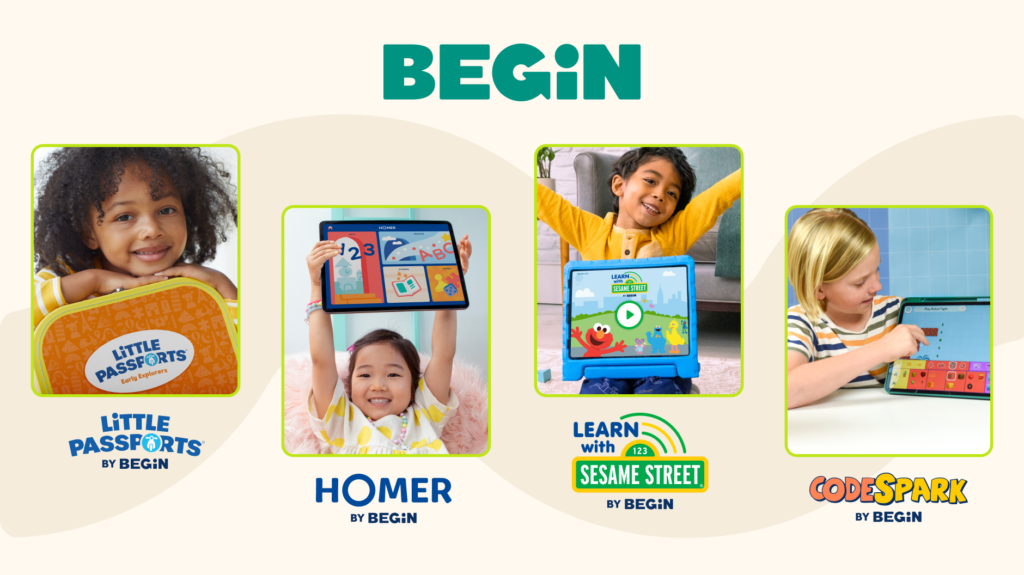
Curiosity is a critically important “C”—not just for your child’s short-term development, but for their entire life. There are many things you can do to support and reinforce your child’s natural curiosity, and, in the process, nurture the joy of lifelong learning for yourself and your entire family.
The Begin Approach is unique compared to other learning frameworks in its emphasis on curiosity, but we believe that curiosity is essential to a child’s development. Moments of discovery and exploration are central to our products—whether it’s a hands-on surprise in an activity kit, an engaging game in an award-winning app, or something else.
To discover for yourself how Begin supports curiosity (and the rest of a child’s development) check out our comprehensive learning membership!
